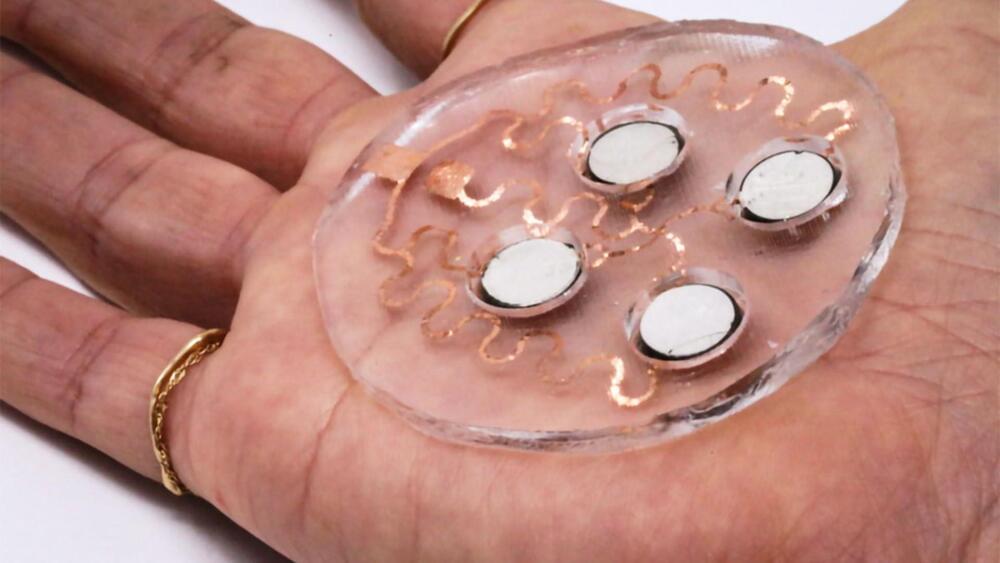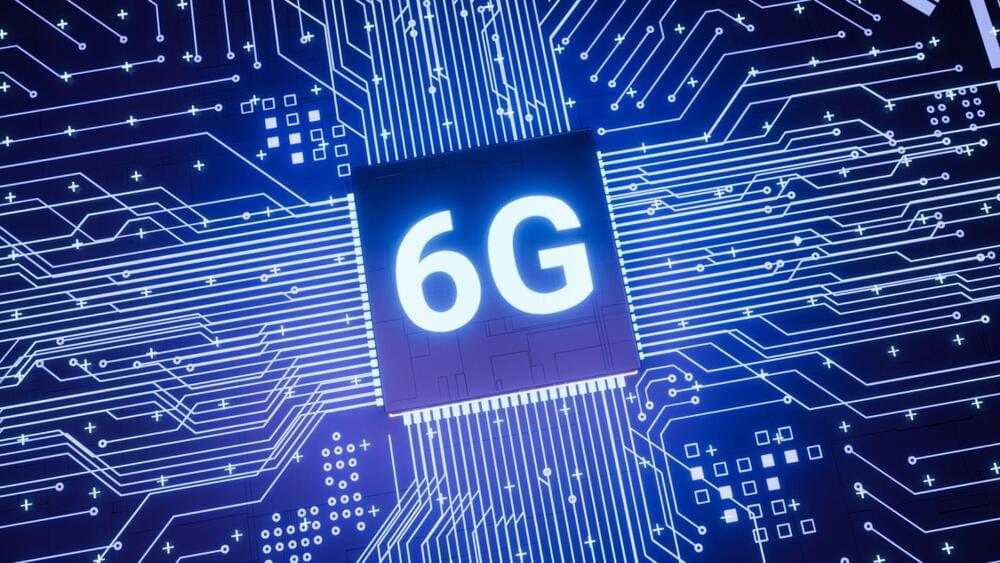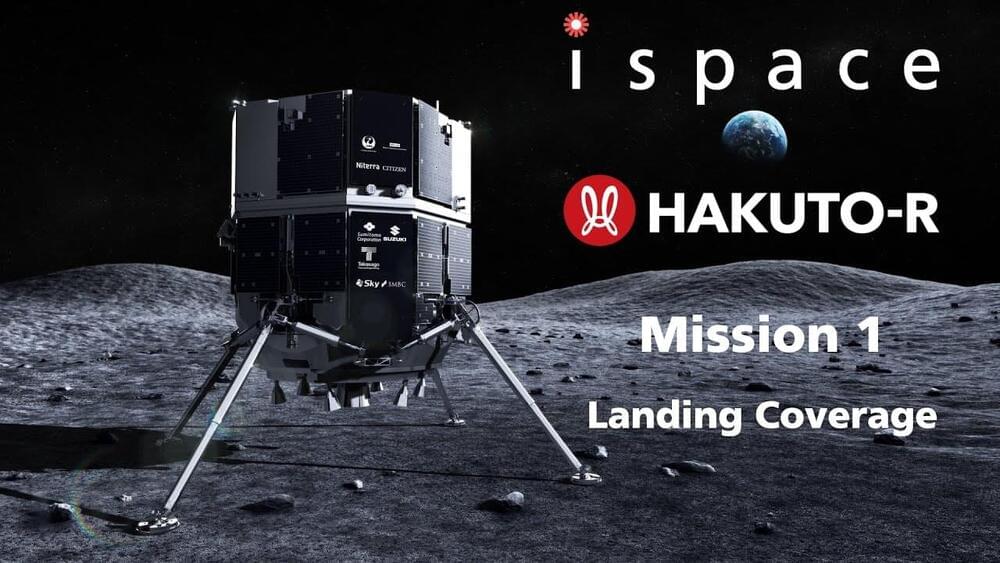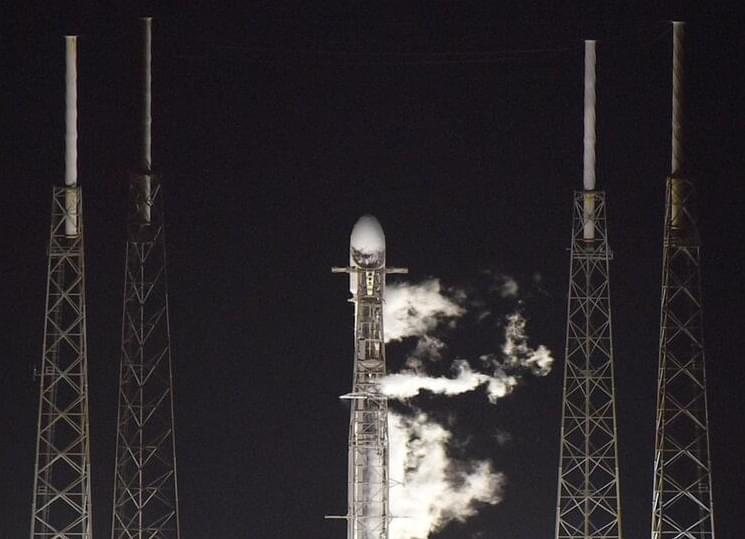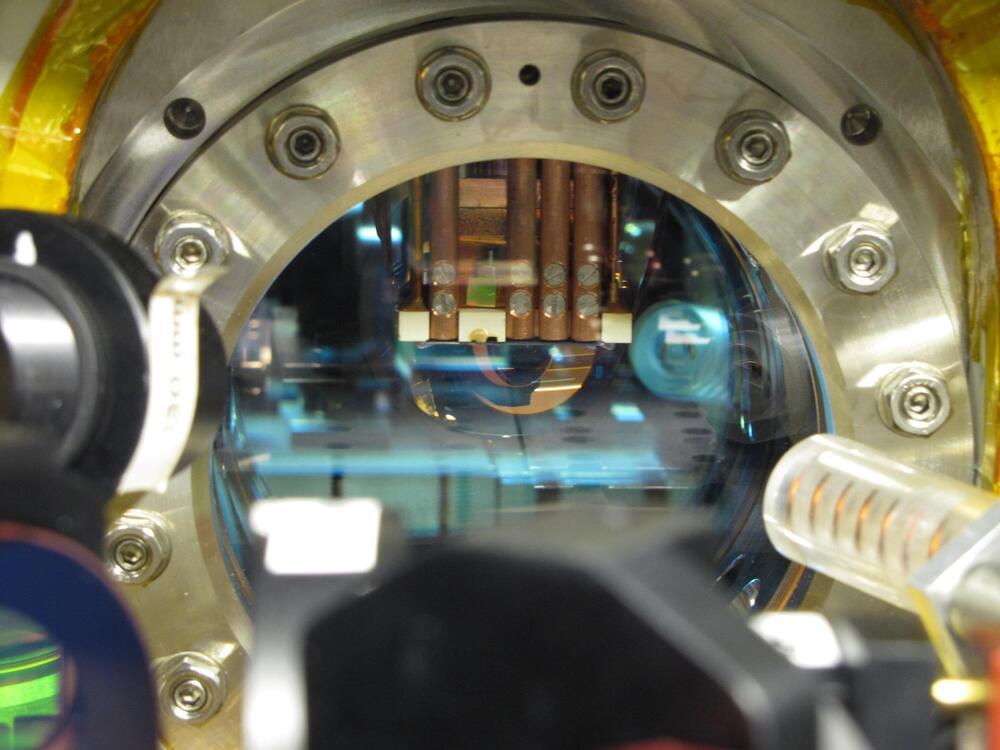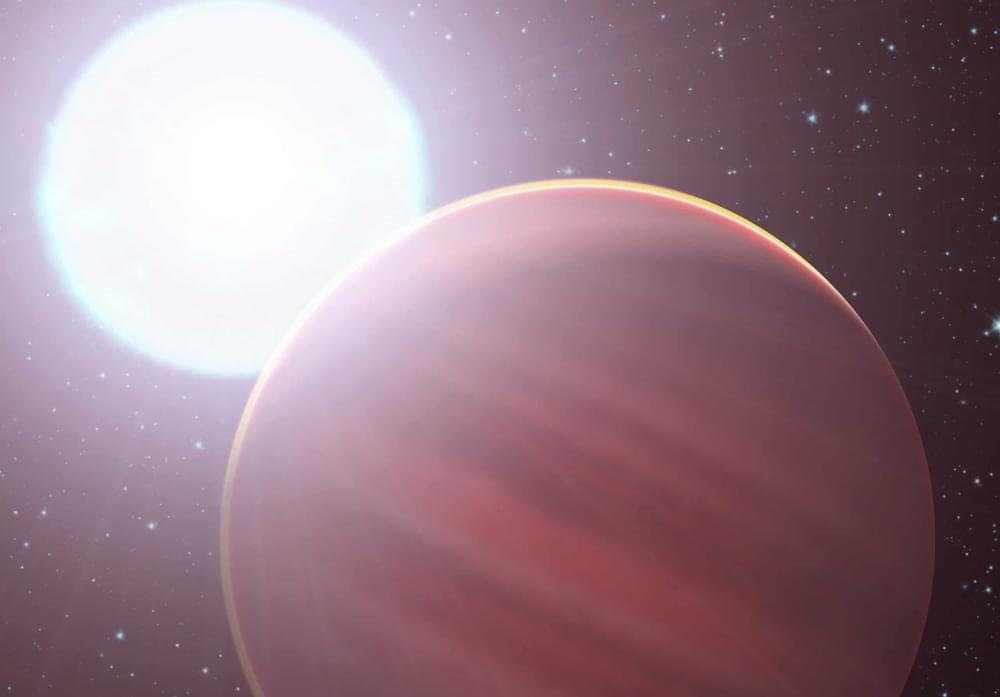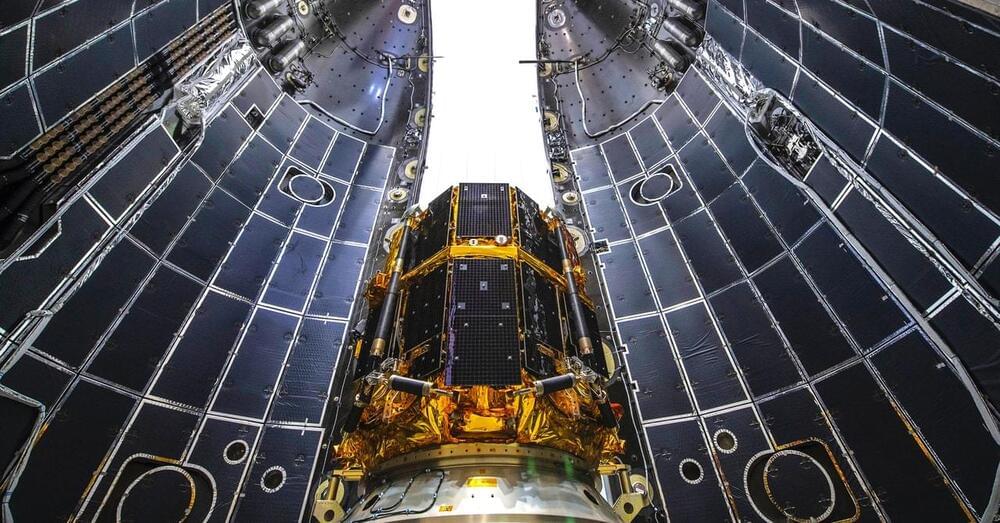A study reflects on how these plastic particles can increase the risk of neuroinflammation and neurodegeneration.
We have known for a while that microplastics are in our bloodstreams, making their way into our bodies through daily consumables like milk and meat. The foreign presence of micro and nano-plastic particles (MNPs) in our bodies is dangerous for obvious reasons, and they can potentially reach remote locations and penetrate living cells.
In a scary confirmation of this potentiality, a new study has found that polystyrene, a widely-used plastic found in food packaging, could be detected in the brain just two hours after ingestion.

